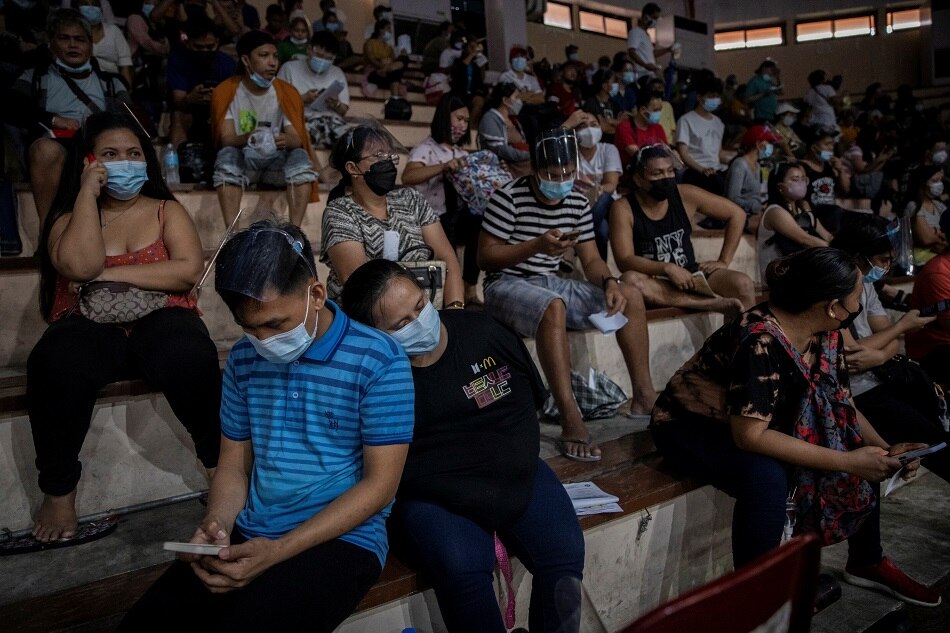
[ad_1]
With nearly 200 million people known to have had COVID-19, the WHO said on Wednesday it was deeply concerned about the unknown number of people who may still suffer from Long COVID.
The World Health Organization has urged people struggling with the aftermath of the virus – despite having recovered from the acute phase – to see a doctor.
Long COVID remains one of the most mysterious aspects of the pandemic.
“This post-COVID syndrome, or Long COVID, is something of deep concern to the WHO,” Maria Van Kerkhove, Covid-19 technical manager of the United Nations health agency, said at a press conference .
WHO “made sure we recognized it, because it is real”.
She said of people infected with SARS-CoV-2 – the virus that causes COVID-19 disease – “many suffer from long-term effects.”
“We don’t know how long these effects last and we are even working on a case definition to better understand and describe what this post-Covid syndrome is,” Van Kerkhove said.
She said the WHO was working to have better rehabilitation programs for people with Long COVID as well as broader research to better understand what the syndrome is and how it can be managed.
– More than 200 symptoms –
WHO has organized a series of seminars this year aimed at broadening understanding of post-COVID conditions, listening not only to scientists and doctors, but also directly to people with the disease themselves.
Little is known about why some people, after going through the acute phase, have difficulty recovering and suffer from persistent symptoms, including shortness of breath, extreme fatigue and brain fog as well as heart and neurological disorders.
Janet Diaz, clinical care manager in the WHO emergency program who is leading the organization’s Long COVID efforts, said there have been more than 200 symptoms reported.
They include chest pain, tingling and rash, she said in a WHO live session on social media on Tuesday.
Diaz said some patients had symptoms that continued from the acute phase; others improved and then relapsed, with conditions that could come and go; while others had symptoms that did not appear until after they had recovered from the acute phase.
Studies can only trace back to the first patients to recover from COVID-19, which first appeared in China in December 2019.
Diaz said some people appeared to have post-COVID conditions for three months, and others for up to six months.
“We are concerned that a small proportion will last up to 9 months and longer than that,” Diaz said.
The US expert said it was not yet fully understood what caused the post-viral symptoms, with various hypotheses including neurological issues, the immune response to infection and the persistence of the virus in some organs. .
Van Kerkhove said: “We advise anyone suffering from the long term effects to seek help.”
ANC, WHO, Long COVID, coronavirus, COVID, virus sequelae, World Health Organization, pandemic
[ad_2]
Source link